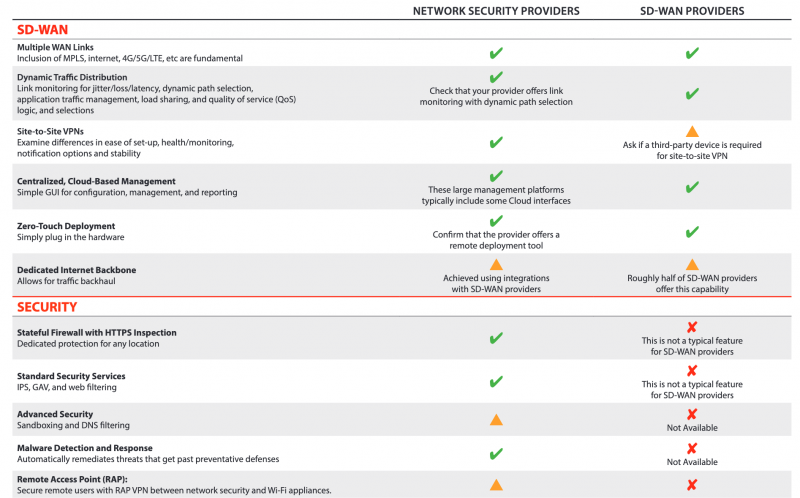SD-WAN Optimizing Multi-Site Multi-WAN
The SD-WAN (Software-defined wide-area networking) market is expected to reach $5.25 billion by 2023 and 61% of IT leaders are currently deploying SD-WAN, according to a recent Pulse survey. Of those who are not currently deploying SD-WAN, 53% plan to do so within the next 12 months.
This type of accelerated adoption rate for any technology within organizations is generally motivated by cost reductions and simplifying management. After all, improving the bottom line is often still the greatest motivator. And SD-WAN does just that with 51% of survey respondents seeing a reduction in costs after deployment.
SD-WAN is an alternative solution for provisioning and optimizing distributed IT networks. SD-WAN leverages the internet to send traffic between networks, controlled by centralized software, or to provision new networks at the edge. This enables what is known as zero-touch provisioning (ZTP) which allows non-technical end-users to easily access IT services and apps. Businesses can connect old hardware and software into SD-WAN networks and dynamically optimize network traffic when needed, reducing latency anywhere there is a reliable internet connection available.
When networks are comprised of more than just a few sites, complexity in management is greatly increased. Ensuring that all locations or remote workers receive the performance necessary to use VoIP, video, and other business-critical applications effectively is simply more difficult as the number of sites increases. With network evolutions such as migrating to the Cloud, utilizing SaaS applications, deploying Wi-Fi, BYOD (bring-your-own-device), and IoT, companies are finding that networks are becoming increasingly challenging to secure. To counter these challenges, companies, and security vendors are adopting SD-WAN as an approach that encompasses the entire infrastructure.
SD-WAN solutions are becoming the ultimate answer by providing centralized management for complete visibility across distributed networks, simplified deployment procedures that even a non-technical worker can perform, and dynamic WAN selection technology for high network performance experiences stabilizing Internet service costs at the same time. The proven benefits of SD-WAN have made the product a hot topic among CIOs and IT professionals of multi-site companies for good reason.
The following areas are commonly cited as the functional requirements for an SD-WAN product:
- Have zero-touch deployment for remote users and branch site provisioning.
- Perform the WAN routing necessary to distribute traffic across multiple WAN paths such as MPLS, Internet, 4G/5G/LTE, etc.
- Deliver SD-WAN load sharing
- Allocate traffic dynamically based on user-defined policies and near real-time measures
- Provide a simplified management solution
- Include integrated VPNs and allow direct connection of other network appliances such as firewalls, Wi-Fi, and WAN acceleration

SD-WAN is a crucial technology included with WatchGuard’s Firebox appliances to optimize networks, improve end-user experiences, and minimize ISP costs through zero-touch deployment. If your network is made up of multiple sites and multiple WAN connections per site, you are likely a good candidate for the cost savings and simplified management associated with SD-WAN. Contact us to learn more.


![CISA Phishing Protection Recommendations [Infographic]](https://veruscorp.com/wp-content/uploads/bfi_thumb/dummy-transparent-ncnph3ey82v3yws1xhe3qrjzci23y2f2zeozbzixdu.png)
